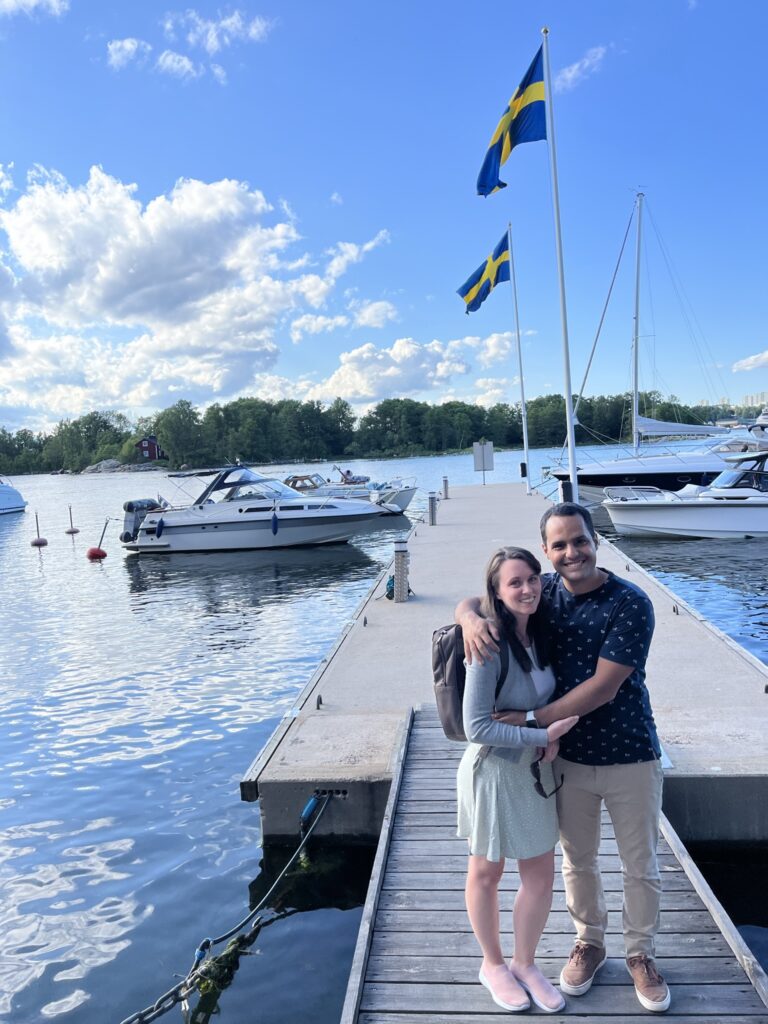Moving to Sweden was a big step, motivated by my partner’s new job at a leading Swedish company and our shared dream of living in Europe with a healthy work-life balance. I thought I was ready, both mentally and physically, but there were still a few surprises along the way. Here are some of the things I wish I’d known before making the move.
The Dark Swedish Winters
The darkness in Sweden during winter can be tough, more challenging than I initially expected. Even if you feel prepared, the prolonged darkness can impact your mood and energy levels over time. The lack of sunlight can deplete your vitamin D levels, so taking preventive steps early is crucial. Many residents combat seasonal depression with light therapy lamps, vitamin D supplements, and by staying active outdoors. Building a social life is also essential to avoid spending too much time indoors during these dark months.

The Lengthy Process to Open a Bank Account
Sweden is known for its robust social programs, and you can truly see where your tax money goes. However, accessing services can be a complex and time-consuming process, especially when it comes to opening a bank account. Here’s how it works:
Once you receive your residency documentation from the embassy, the journey to get a bank account begins. Some people wait to receive their residency cards in their home country to expedite things, but we moved beforehand. If you didn’t get your residency card before moving to Sweden, you have to book an appointment at Migrationverket and get your photo taken for your card.
Then, you must register with Skatteverket (the Swedish tax agency) to get a personal identification number, which can take a few weeks. With this personal number, you can then apply for Skatteverket’s ID card, as your residency card alone isn’t considered valid ID within Sweden. After making an appointment and registering your information, you’ll receive a text when your ID card is ready.
Only with this ID can you open a bank account, which you’ll also need to have a source of income to open. Sweden’s strict anti-money-laundering policies add another layer of scrutiny. Finally, with a bank account, you can get a BankID, a crucial digital identification for accessing government and healthcare services. This lengthy, bureaucratic process was something I hadn’t anticipated.
Challenges in Finding a Job as a Foreigner
In recent years, Sweden’s approach to immigration has evolved, and finding a job as a foreigner can be challenging. Language and local work experience play a big role in job selection. Often, employers prefer candidates who are native Swedes, and without fluent Swedish, you may feel like you’re at a disadvantage. Job searching can take hundreds of applications, so patience is key. It’s essential to come with financial support or a backup plan, as immigration laws require financial stability. Your ideal job is out there, but expect a slower journey and manage your expectations.

The Importance of Learning Swedish
While many Swedes speak excellent English, integrating and advancing professionally can be difficult without knowing Swedish. Relying solely on English might limit your career growth and social integration. It’s also a sign of respect to learn the local language, considering that Sweden has graciously welcomed you in. There are free Swedish language courses available, such as Svenska för Invandrare (Swedish for Immigrants), offered through local communities. Embracing the language has already started to open doors for me since moving to Sweden—and it can do the same for you.
Final Thoughts: Embrace the Adventure with Realistic Expectations
Moving to a new country has its ups and downs, and while some of this may sound daunting, understanding these realities can make your transition smoother. Sweden has so much to offer—stunning natural landscapes, a strong emphasis on sustainability, a healthy work-life balance, and vibrant cities. With some patience and a proactive approach to the challenges, you can fully enjoy moving to Sweden.
Best of luck on your Scandinavian adventure!
Check out other articles about life in Sweden here!
